Education is a multifaceted journey, and each embarks on it with unique preferences, strengths, and ways of processing information. Understanding learning styles is crucial for unlocking the full potential of education, as it enables us to tailor instructional approaches to meet the diverse needs of learners. In this blog post, I will explore the concept of learning styles, delve into different learning style models, and discuss practical strategies for incorporating learning styles in the educational setting.
What are Learning Styles?
Learning styles refer to the preferred ways individuals absorb, process, and retain information. They reflect the diverse cognitive and sensory preferences that shape our learning experiences. While learning styles do not determine a person’s intelligence or abilities, they provide valuable insights into how individuals engage with learning materials and the environments that facilitate optimal learning outcomes.
Common Learning Style Models
Visual, Auditory, and Kinaesthetic (VAK) Model
According to this model, learners can be categorised into three primary sensory modalities:
- Visual learners prefer to process information through visual aids such as diagrams, charts, images, and videos. They find it helpful to see information in a graphical format to understand and remember it better.
- Auditory learners prefer to process information through sound and spoken words. They learn best by listening to lectures, discussions, and audio recordings. They often have a good ability to remember spoken information.
- Kinaesthetic learners prefer to process information through physical experiences and body movements. They learn best through hands-on activities, demonstrations, experiments, and real-life examples. They often have a strong sense of touch and body awareness.
The VAK model suggests that individuals have a dominant learning style but can also combine these modalities to varying degrees. It is important to note that the VAK model is widely known and used, but research does not strongly support that tailoring teaching methods to students’ preferred learning styles leads to improved learning outcomes.
The origins of the VAK model are unclear, as it has been widely adopted and adapted by different educators and researchers over time. It gained popularity in the 1980s and 1990s, mainly through the work of educational theorists like Neil Fleming and David Kolb, who expanded on the concept of learning styles.
Kolb’s Experiential Learning Model and Learning Styles Inventory” (LSI)
This framework describes the process of learning through experience. David Kolb is an American educational theorist and psychologist. His Experiential Learning Model is influenced by the ideas of pragmatist philosophers, such as John Dewey, who emphasised the importance of experience in learning. Kolb’s work on experiential learning emerged in the 1970s and has since become widely recognised and applied in various educational and professional contexts. The model has been used to design learning experiences, develop reflective practice, and promote active and transformative learning. It provides a valuable framework for understanding the learning process and has influenced education, training, and personal development approaches.
Kolb’s model suggests that learning is a cyclical process involving four stages:
⮟ Concrete Experience: Learning begins with a tangible experience or a real-life situation. It can involve direct involvement, observation, or participation in an experience.
⮟ Reflective Observation: After the concrete experience, individuals reflect upon and observe their experiences from different perspectives. They consider the thoughts, feelings, and observations associated with the experience.
⮟ Abstract Conceptualisation: In this stage, individuals make sense of their experiences by analysing and forming abstract concepts and generalisations. They try to understand the underlying principles and theories that explain the experience.
⮟ Active Experimentation: Individuals actively apply their newly acquired knowledge and concepts to new situations or experiences. They test their ideas, hypotheses, and theories in a practical and hands-on manner.
According to Kolb’s model, learning is a continuous process that involves moving through these four stages. Each stage is seen as an integral part of the learning cycle, and the process is considered iterative, with learning deepening and evolving over time.
It’s often easier to see the construction of Kolb’s learning styles as a matrix. The matrix below assesses an individual’s learning style preferences based on four dimensions. Each learning style represents a combination of two preferred styles.
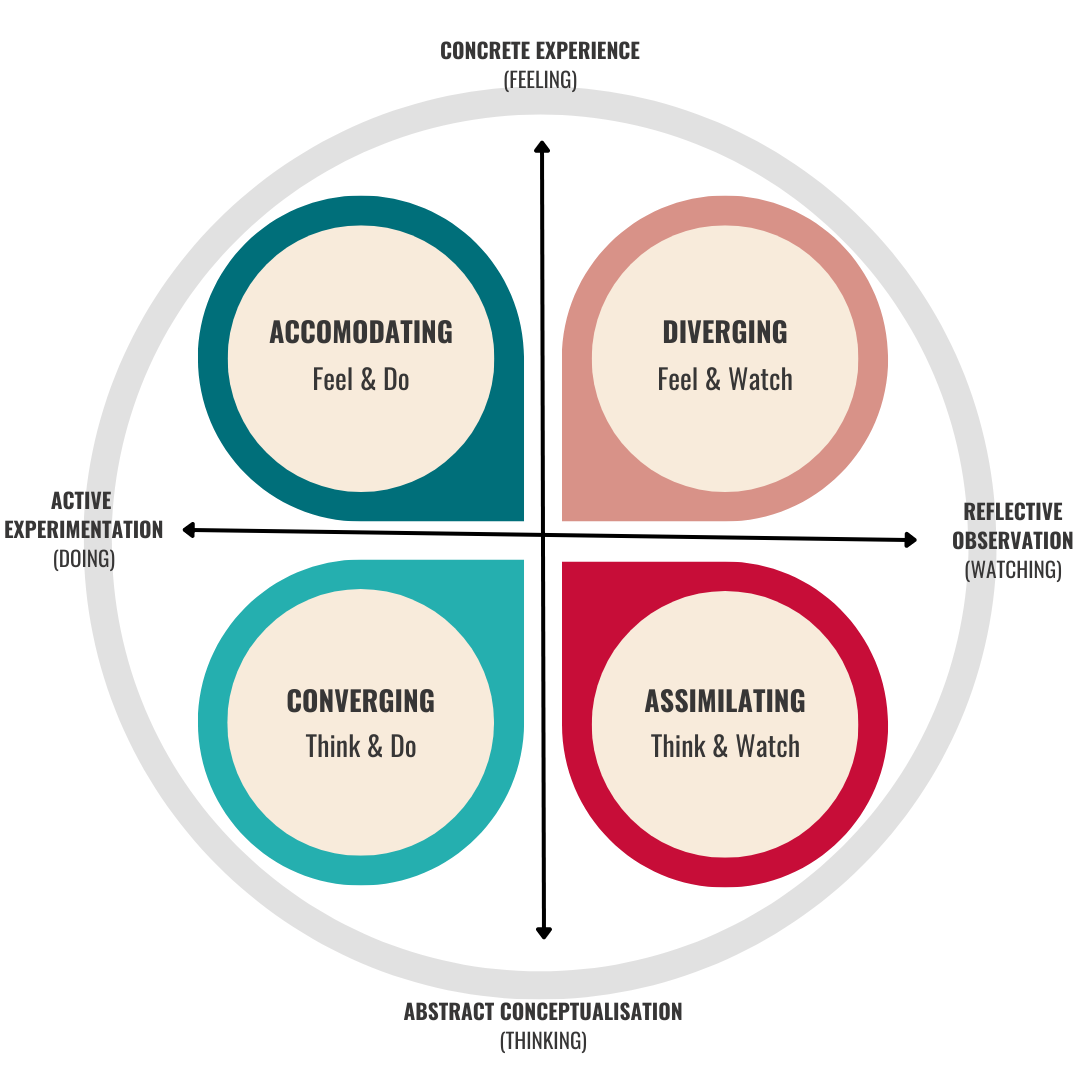
The matrix also highlights Kolb’s terminology for the four learning styles; diverging, assimilating, and converging, accommodating:
- Divergers: This style is characterised by a preference for generating ideas, viewing situations from multiple perspectives, and being imaginative and creative. Divergers align with the description you provided earlier.
- Assimilators: This style is associated with a preference for organising and transforming information into coherent theories, analysing information, and seeking logical explanations.
- Convergers: This style is characterised by a preference for practical problem-solving, applying ideas in practical situations, and focusing on finding solutions.
- Accommodators: This style is associated with a preference for hands-on learning, learning through trial and error, and being comfortable with taking risks.
These learning styles, as described in the Learning Styles Inventory, represent distinct preferences and approaches to learning.
Honey and Mumford’s Learning Styles
This model categorises individuals based on their preferred approaches to learning. Building upon the work of David Kolb, Peter Honey and Alan Mumford developed a model that identifies four distinct learning styles:
- Activist learners prefer learning through direct involvement and hands-on experiences. They enjoy engaging in new experiences and taking risks and are often enthusiastic and spontaneous learners.
- Reflector learners prefer learning through observation and reflection. They like to carefully observe and think about situations before taking action. They often prefer to analyse information and consider multiple perspectives before forming conclusions.
- Theorist learners prefer learning through logical and systematic approaches. They enjoy analysing theories and concepts, making connections between ideas, and understanding underlying principles. They tend to think critically and often seek out patterns and structures.
- Pragmatist learners prefer learning through practical application. They value real-world relevance and prefer to apply what they have learned in practical situations immediately. They are often results-oriented and enjoy solving problems in a hands-on manner.
Honey and Mumford’s model suggests that individuals can have a dominant learning style while also utilising other styles to varying degrees, depending on the situation. It is often used in educational and training settings to help individuals understand their preferred learning approaches and develop strategies to enhance their learning experiences.
The Honey and Mumford’s Learning Styles model originated from the work of Peter Honey and Alan Mumford in the 1980s. They built upon the experiential learning theory of David Kolb. They developed their own framework based on how people prefer to engage with and process information. Their model has gained popularity and has been widely used in various educational and professional development contexts.
Incorporating Learning Styles in Education
⦿ Assess and Recognise Learning Styles
Teachers can employ various methods, such as surveys, questionnaires, and observation, to identify students’ learning styles. This understanding allows educators to design instructional strategies that cater to individual preferences and engage students more effectively.
⦿ Use Multimodal Instruction
Implementing a combination of visual, auditory, and kinaesthetic elements in lesson plans addresses diverse learning styles. This can include using visual aids, incorporating audio resources, and integrating hands-on activities and group discussions.
⦿ Aim for Flexible Learning Environments
Providing flexible learning environments allows students to choose the learning methods that suit their style. For instance, creating quiet spaces for reflection, offering interactive multimedia resources, and incorporating opportunities for physical movement.
⦿ Differentiate Instruction
Tailoring instruction to meet individual needs through differentiated approaches, such as providing alternative reading materials, offering varied assessment options, and adapting instructional delivery to match different learning styles.
Oversimplification and categorisation into rigid styles may limit the potential for growth and adaptation. Always try to find a balance and use learning styles as tools for instructional design while recognising the fluidity and complexity of individual learning processes.
⦿ Consider Universal Design for Learning (UDL)
A UDL is an educational framework that aims to provide inclusive and accessible learning experiences for all students by designing instructional materials, strategies, and assessments that can be effectively utilised by a wide range of learners, regardless of their individual traits. UDL focuses on providing multiple means of representation, engagement, and expression to accommodate diverse learning preferences and abilities.
Understanding learning styles empowers us to create inclusive and engaging learning environments that accommodate the diverse needs of students. By embracing the concept of learning styles and employing strategies that cater to different preferences, we foster a dynamic and effective educational experience.
References:
- https://www.mindtools.com/ak6cyjn/vak-learning-styles
- https://aim.stanford.edu/wp-content/uploads/2013/05/Kolb-Learning-Style-Inventory.pdf
- https://www.simplypsychology.org/learning-kolb.html
- https://en.wikipedia.org/wiki/David_A._Kolb
- https://www.open.edu/openlearn/pluginfile.php/629607/mod_resource/content/1/t175_4_3.pdf
- https://www.mindtools.com/addwv9h/learning-styles
- https://www.stm-assoc.org/2017_04_10_ECPC_Mentoring_learning_styles.pdf
Note, that this post provides general information about learning styles.
It is important always to consider the specific context and requirements of your learning projects. If you have any questions or would like to delve deeper into the topic, please email me or book a free online consultation via my contact page.
Make sure to check out my other posts related to planning online courses, designing and developing learning content and delivering training. I share strategies and tools that you can use and many practical tips.
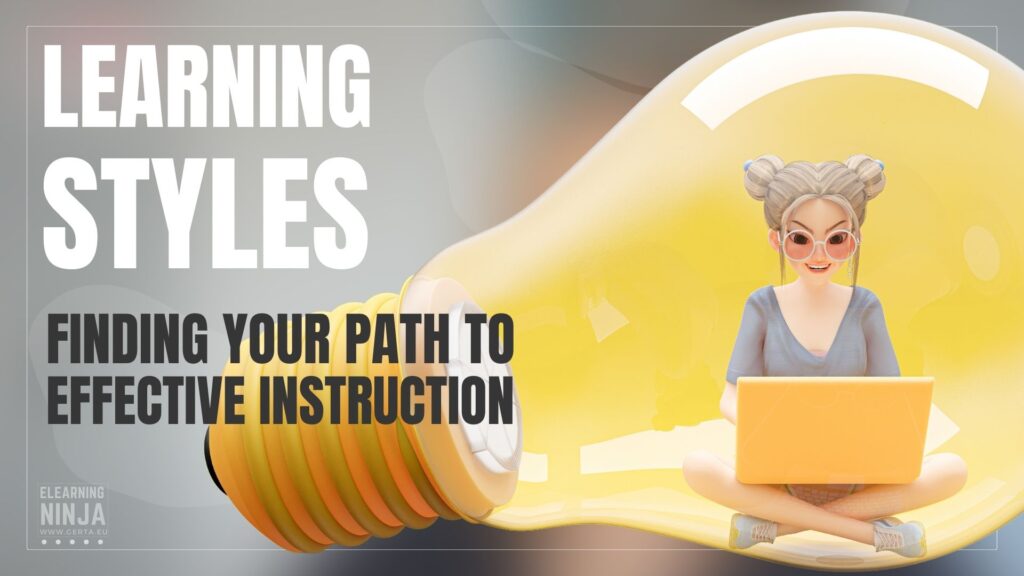
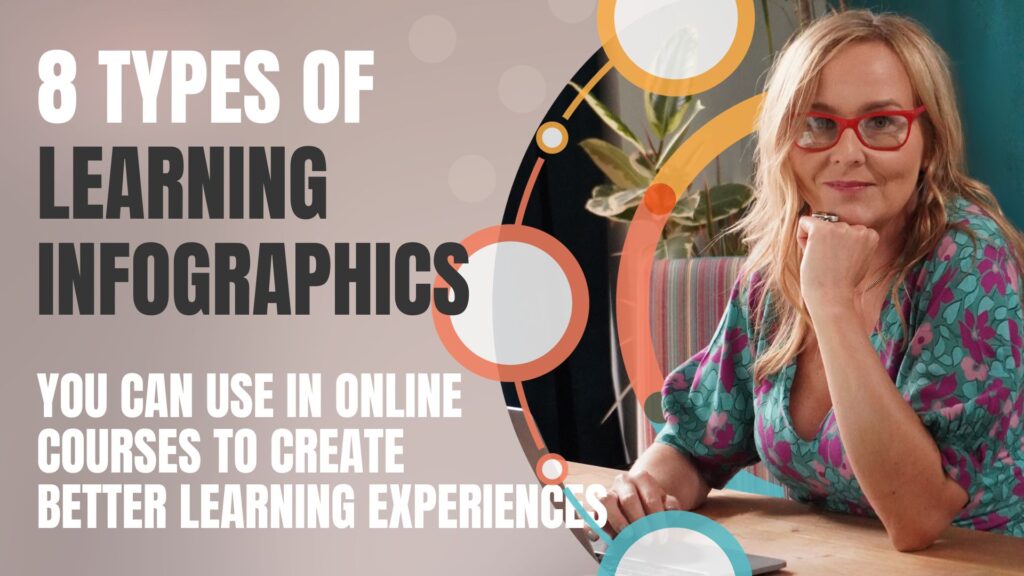

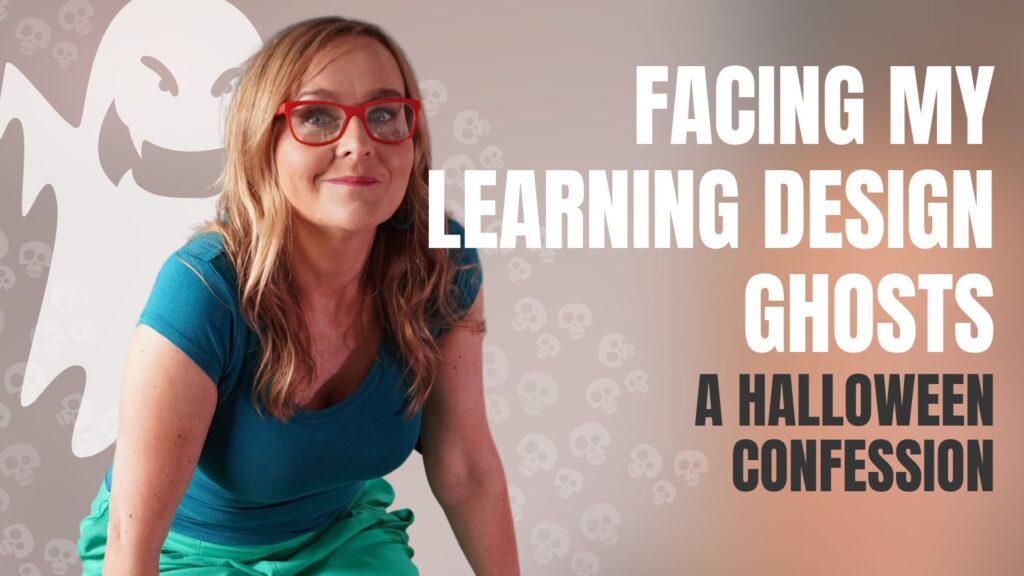


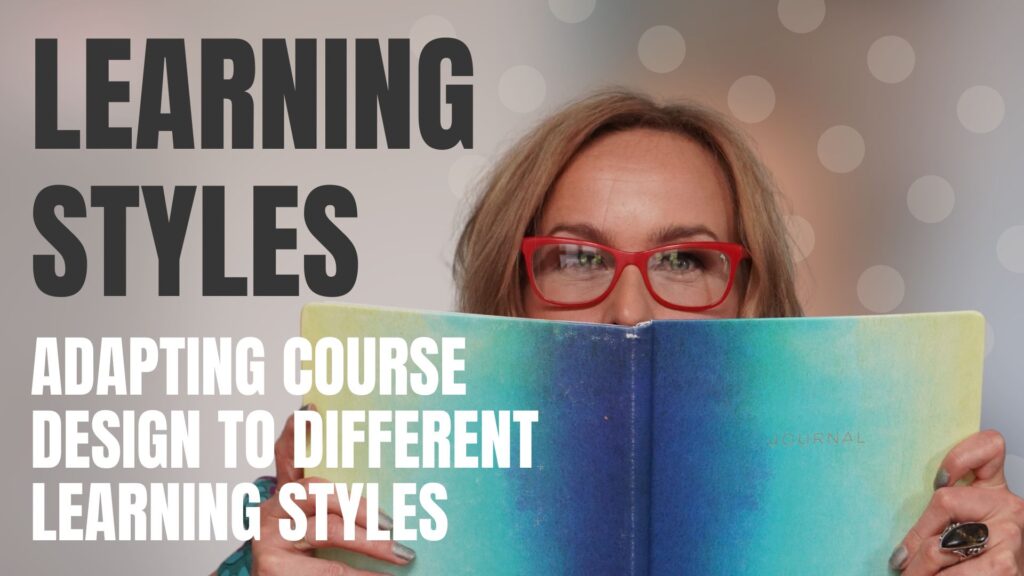

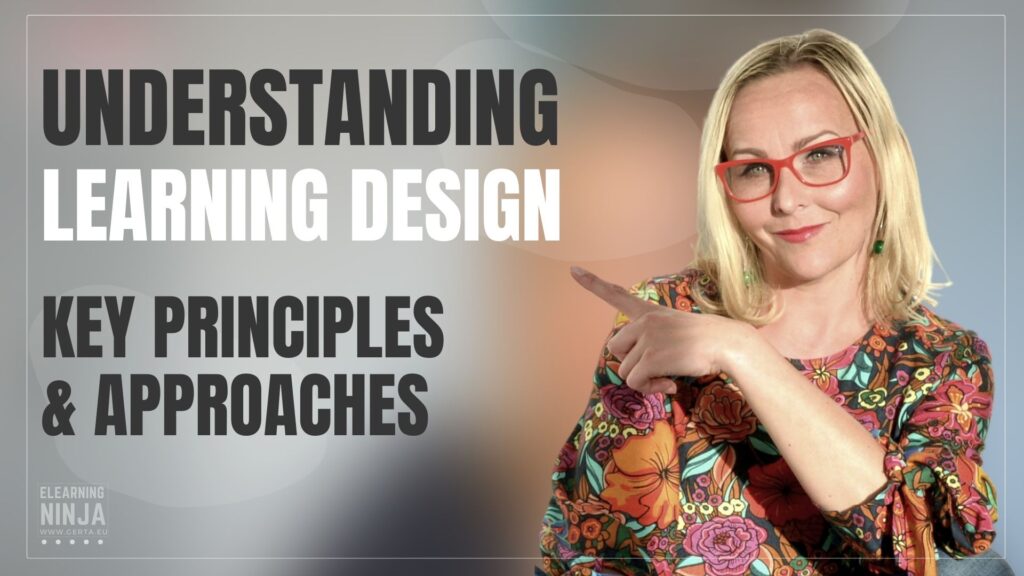



JOIN MY NETWORK, STAY CONNECTED, GET IN TOUCH!
JOIN MY NETWORK!
RELATED POSTS
8 types of learning infographics to create engaging learning experiences
15 learning design mistakes you should avoid when creating online courses